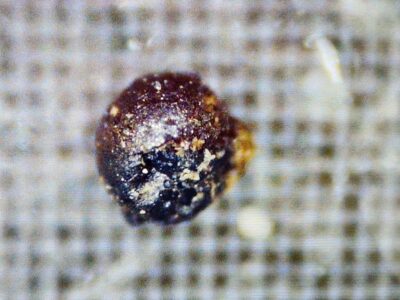
On July 11, we marked the successful completion of the first phase of our project and embarked on the second. Part 1 involved deploying ocean bottom seismometers and recording air-gun-generated sound waves. We successfully retrieved all of the OBS’s, and the data that they recorded look very exciting at first blush (and contain some surprises!). Part 2 involves towing two 8-km-long cables (or streamers) filled with pressure sensors behind the R/V Langseth, which will also record sound waves from the Langseth’s airgun array. Changing gears in terms of scientific activities also involved changes to our science party; we swapped personnel in Sand Point on a beautiful sunny evening. The excellent OBS team from Scripps departed on the Langseth‘s zodiak, and we were joined by new reinforcements. The newcomers included five undergraduate students from Columbia University, who are also blogging about their experiences at sea.

Just two hours after taking on our new personnel, we started deploying seismic gear – a very quick transition! Our seismic streamers are stored on gigantic spools, which unreel cable off the back of the ship into the ocean. A large buoy is affixed to the end of the streamer, and ‘birds’ are attached along its length, which can be used to control the depth of the streamer. Large paravanes hold the streamers apart; these are like large kites flying in the water off the back corners of the ship.
Deploying miles of streamer and the other attending gear is an impressively long and complicated undertaking. We started over two days ago, and have been working around the clock in shifts ever since. Many repairs and adjustments are made to the gear as it’s deployed. The streamer is divided into 150-m-long sections connected by modules; both sections and modules can fail and need to be replaced. Replacing a 150-m-long section of cable is an arduous task involving major manual labor by teams of ~5-6 people. But we are nearing the finish line; as I write, the last kilometer of the second streamer is going over the back of the boat. Fingers crossed that the deployment will soon be complete and the data collecting can begin!





[…] This is easier said than done. We are towing a lot of scientific equipment behind the ship, including two 8-km-long cables (streamers) filled with pressure sensors, so approaching the coast and making turns is complicated and requires special attention to […]
[…] boundary offshore Alaska with the R/V Marcus G. Langseth. Now that the initial excitement of deploying all of our seismic gear and watching the first sound waves arrive on our two 8-km-long streamers has faded, we have settled […]